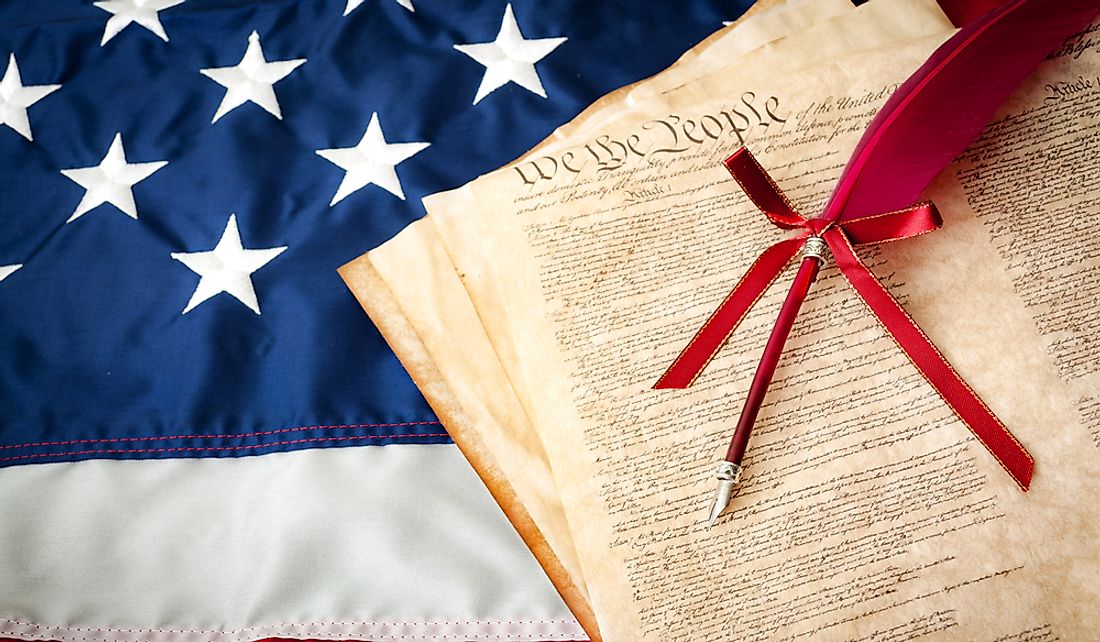What Is The 12th Amendment?

The American Constitution is among the oldest in the world, and it is used as a benchmark for other world constitutions. Written by the American Founding Fathers, the constitution has undergone several amendments, one of them being the 12th Amendment, which fundamentally changed the nature of American elections. More than 200 years after three-quarters of the states ratified the amendment; the amendment continues to influence how Americans conduct their presidential elections.
Background
Upon independence, American presidential elections were done through the Electoral College system that was used in the first two presidential elections. Electors would meet in their states to choose the next president and vice president respectively by casting two votes. To become the US President, a candidate had to receive the majority votes of the college. The second best candidate became the Vice President. The House of Representatives and the Senate would decide on this delicate matter in case of a tie at the college. Despite the success, this system encountered partisan politics in the 1800 presidential elections that were not experienced in the two previous elections where George Washington was the sole candidate.
Steps to the Amendment
During the 1796 elections, the Federalist Party candidate John Adams became President and Thomas Jefferson of the Democrat-Republican Party was elected as his Vice President. Since they were not from the same party, they could not agree on issues together. Come 1800, Thomas Jefferson managed to unseat President John Adams in the elections after getting majority votes, and Thomas Pinckney became Vice President. However, the election of the Vice President was marred by partisan grumbling and confusion between the Federalists and Democrat-Republicans, and it inspired the process of amending the constitution before the 1804 presidential elections. Partisan politics between the federalist and the Democrat-Republican senators at the New York Senate derailed the process until the eighth congress in 1802 where it passed after New York Senator De Witt Clinton brought it to the House of Representatives.
Ratification and Impact
The document containing the proposed amendments had to be fine-tuned first by a committee before a further debate. To remove the confusion in the Electoral College, it proposed to have district electors’ election in each state and that the number of candidates be reduced from five to three in case of a tie at the college. Two different votes for the president and vice president would be used in the Electoral College instead of using a similar vote.
The amendment also provided for a smooth transition of power from the President to Vice President in case of death or other constitutional contingencies. The eighth Congress passed the amendment after frivolous debates on December 9, 1803, and it was ratified by three-quarters of the US States except for Delaware and Connecticut, which rejected it on January 18 and May 10, 1804. The 12th Amendment was ratified on June 15, 1804. Only the process of choosing the President and Vice President was changed by this amendment and not the duties and composition of the Electoral College.











